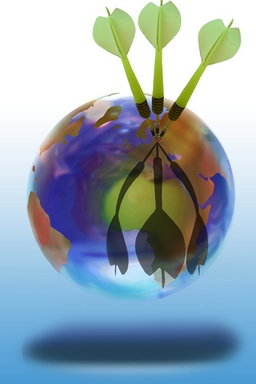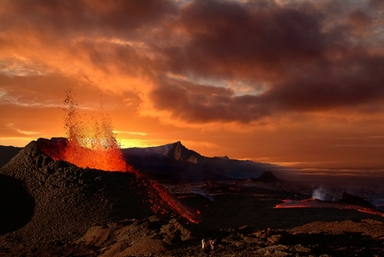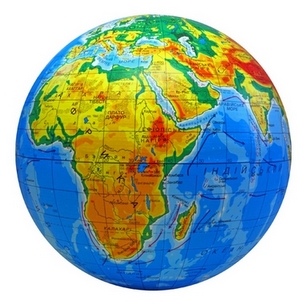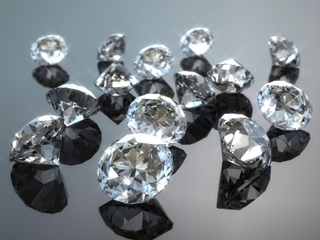|
Earth Interior
Earth Interior or Center Earth is made of four layers, three solids and one liquid molten metal, almost as hot as the surface of the sun. The minerals and gems that are found on the earth are inorganic solids with a peculiar chemical formation and definite crystal structure. Simple molecules, or individual elements arranged in repeating chains, sheets, or three-dimensional arrays are produced from the earth. When molten rock or magma cools or by separating out of mineral-rich water, found in underground caverns, minerals are formed. These mineral particles are small, being formed within confined areas such as lava flows from a volcano or between grains of sediment. In a small hollow rounded rocks, large crystals are found and in other rocks, however, finding these large crystals is nearly rare from the earth interior.
Volcanic Eruption
The volcanic eruption occurs when pressure on a magma chamber forces magma up through the passage and out the volcano's outlet. The type of volcano eruption depends on the amount of gases and silica (silicon dioxide) in the magma after a magma's chamber is filled. If the silica is real high, then the magma's viscosity (sticky magma or lava) is greater. During volcanic eruption activity, volcanic ash and gases comes out of the volcano which is a deadly combination of steam, sulphur dioxide and carbon dioxide that's included in the gases, the ashes are fragments less than 2mm in size. When ash first erupts, it may be solid or molten. Some gases are toxic and can suffocate people, this factor is very important, because that's what make volcano eruptions violent and extremely dangerous. After an eruption is over, the ash and gases cools, new geological formations are made such as: islands, mountains, and lands.
The Earth The Earth is known to many as the third planet from the sun and the third largest planet in the Solar System. It is the only planet that has life on it and is home to millions of species and humans. Its diameter is 12,756 kilometers, mass is 5.97 * 10 to the 24th power kilograms, length of day is 24.0 hours, length of year is 365.2 days, distance from the sun is 149.63 * 10 to the 6th power in kilometers, mean temperature is 15 degrees C (59 degrees F) and has one (1) moon. It was formed 4.54 billion years ago and life came on its surface within a billion years. The ecosystem of the Earth has since then altered the atmosphere and the nonliving environment, which consists of, light, temperature, atmospheric gases, and conditions on the planet, making it easier for organisms with oxygen based metabolism, as well as the formation of the ozone layer, together with the Earth's magnetic field, blocks harmful radiation, permitting life on land.
Many Diamonds Since the forming of the Earth interior where you'll find carbon-based materials such as crystals and other gemstones, diamonds have been forced from within the Earth interior to the outside by volcano eruptions into kimberlite pipes, seabeds: rivers and oceans, and diamond mines throughout the world. Diamonds are made of carbon atoms that are arranged as a cubic crystal with many faces and decorative beauty. This gemstone is second to graphite as the most stable form of carbon. The high distribution of light and its hardness make diamonds useful for industrial applications and jewelry. Their material is of superlative physical qualities making them excellent abrasives because other substances can not scratch them, they can hold a polish extremely well and retain their lustre for a long time. From Earth Interior Back To Beautiful Diamond
|









